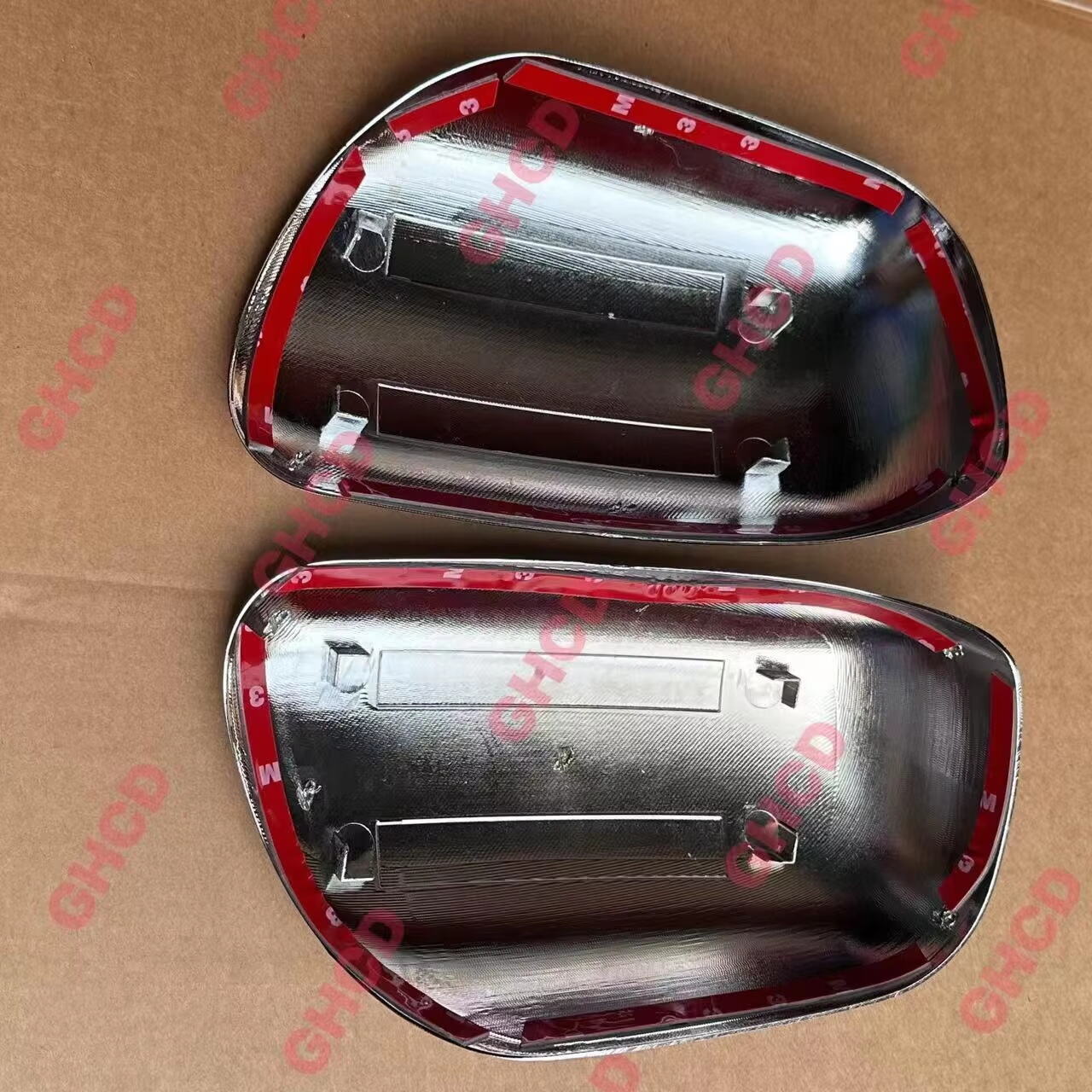Essential Mirror Solutions for HIN 300 Series Trucks
Selecting the right truck mirrors for HIN 300 models is crucial for ensuring optimal visibility and safety on the road. These heavy-duty vehicles require specialized mirror systems that can withstand demanding conditions while providing clear, comprehensive views of surrounding traffic. Whether you're a fleet manager or individual owner-operator, understanding the available options and their specific benefits will help you make an informed decision for your HIN 300 truck.
Modern truck mirrors for HIN 300 series have evolved significantly, incorporating advanced materials and innovative designs that enhance both functionality and durability. From heated options that prevent fogging to electrically adjustable systems that offer precise positioning, today's mirror solutions deliver superior performance for professional drivers.
Premium Mirror Options and Features
Power-Adjusted Mirror Systems
Power-adjusted mirror systems represent the pinnacle of convenience for HIN 300 truck operators. These sophisticated units allow drivers to fine-tune their mirror positions from inside the cabin, ensuring optimal visibility without leaving their seat. The electronic controls are typically mounted on the driver's door panel, offering intuitive adjustment of both main and spot mirrors.
Advanced power systems often include memory settings, allowing multiple drivers to save their preferred positions. This feature is particularly valuable for fleet operations where different operators may use the same truck throughout the week. The ability to quickly restore personalized settings enhances both efficiency and safety during shift changes.
Heated Mirror Technology
Heated mirrors have become increasingly important for HIN 300 trucks operating in diverse weather conditions. These systems incorporate internal heating elements that prevent condensation, frost, and ice buildup, maintaining clear visibility in challenging environments. The heating function activates automatically in most models when temperatures drop below a certain threshold.
The latest heated mirror designs for HIN 300 trucks feature improved energy efficiency and faster clearing times. Some models include smart sensors that regulate heating intensity based on external conditions, optimizing power consumption while ensuring consistent performance.

Construction and Durability Features
Impact-Resistant Materials
Modern truck mirrors for HIN 300 models utilize high-grade materials engineered to withstand impacts and vibrations. Polycarbonate housings offer superior durability compared to traditional materials, while maintaining relatively light weight. These advanced composites resist cracking and degradation from UV exposure, ensuring long-term reliability.
The mirror glass itself incorporates shatter-resistant technology, often featuring multiple layers that maintain integrity even if the outer surface becomes damaged. This safety feature prevents sudden visibility loss and reduces replacement frequency, contributing to lower maintenance costs.
Aerodynamic Design Elements
Aerodynamic considerations play a vital role in contemporary truck mirror design for HIN 300 vehicles. Streamlined shapes reduce wind resistance, minimizing fuel consumption and wind noise while maintaining stability at highway speeds. The optimized profiles also help keep mirror surfaces cleaner by managing airflow patterns around the housing.
Many current models feature breakaway mounting systems that allow the mirror to fold on impact, preventing structural damage and protecting both the mirror assembly and the mounting points. This design element adds another layer of durability while potentially reducing repair costs.
Visibility Enhancements and Safety Features
Wide-Angle Coverage Systems
Advanced wide-angle mirrors for HIN 300 trucks provide expanded field of view without distortion. These systems often combine main mirrors with integrated spot mirrors, eliminating blind spots and enhancing safety during lane changes and maneuvering. The careful calibration of mirror curvature ensures accurate distance perception while maximizing visible area.
Some premium models incorporate auxiliary lower mirrors specifically designed for close-quarter visibility, particularly useful during docking procedures or navigating tight urban environments. This comprehensive approach to visibility significantly reduces accident risks and improves operational efficiency.
Integrated Signal Indicators
LED turn signal indicators integrated into mirror housings enhance communication with other road users. These bright, long-lasting lights provide additional visibility in poor weather conditions and during night operations. The strategic placement ensures signals remain visible even when traditional rear indicators might be obscured by trailers or cargo.
Advanced models may include additional safety features such as proximity warning indicators or blind spot monitoring systems integrated into the mirror assembly. These technologies provide crucial information to drivers without requiring them to shift attention away from the road.
Frequently Asked Questions
How often should truck mirrors on HIN 300 models be replaced?
Professional inspection is recommended annually, with replacement typically necessary every 3-5 years depending on usage conditions and maintenance. However, immediate replacement is necessary if any damage affects visibility or mirror function.
Are heated mirrors worth the additional investment for HIN 300 trucks?
Heated mirrors generally provide excellent return on investment through improved safety and reduced downtime, particularly in regions with cold or humid climates. The enhanced visibility in adverse conditions justifies the higher initial cost.
What maintenance is required for power-adjusted mirror systems?
Regular maintenance includes cleaning electrical connections, lubricating moving parts annually, and checking motor function quarterly. Protective covers can extend system life in harsh environments, while prompt attention to any unusual noise or movement ensures reliable operation.


